Walking through Parma’s historic center feels like stepping into a living museum. The cobbled streets lead to Renaissance palaces, Baroque churches, and hidden squares that reveal the city’s rich past.
Parma’s historic center offers a perfect blend of art, architecture, and culture that makes it one of Emilia-Romagna’s most captivating destinations.
My first visit to this northern Italian gem left me speechless. The magnificent Duomo and Baptistery stand as the beating heart of the city, while the Palazzo della Pilotta complex houses three impressive museums including the National Gallery. What surprised me most was how compact the center is, making it easy to explore in just a day or two.
I love how Parma balances its famous attractions with quieter, less-visited treasures. Between sampling the region’s famous cheese and prosciutto, I discovered picturesque squares where locals gather and beautiful churches tucked away from the main tourist paths. The city offers that perfect Italian experience – impressive monuments alongside authentic daily life that makes you feel like you’ve truly discovered Italy beyond the guidebooks.
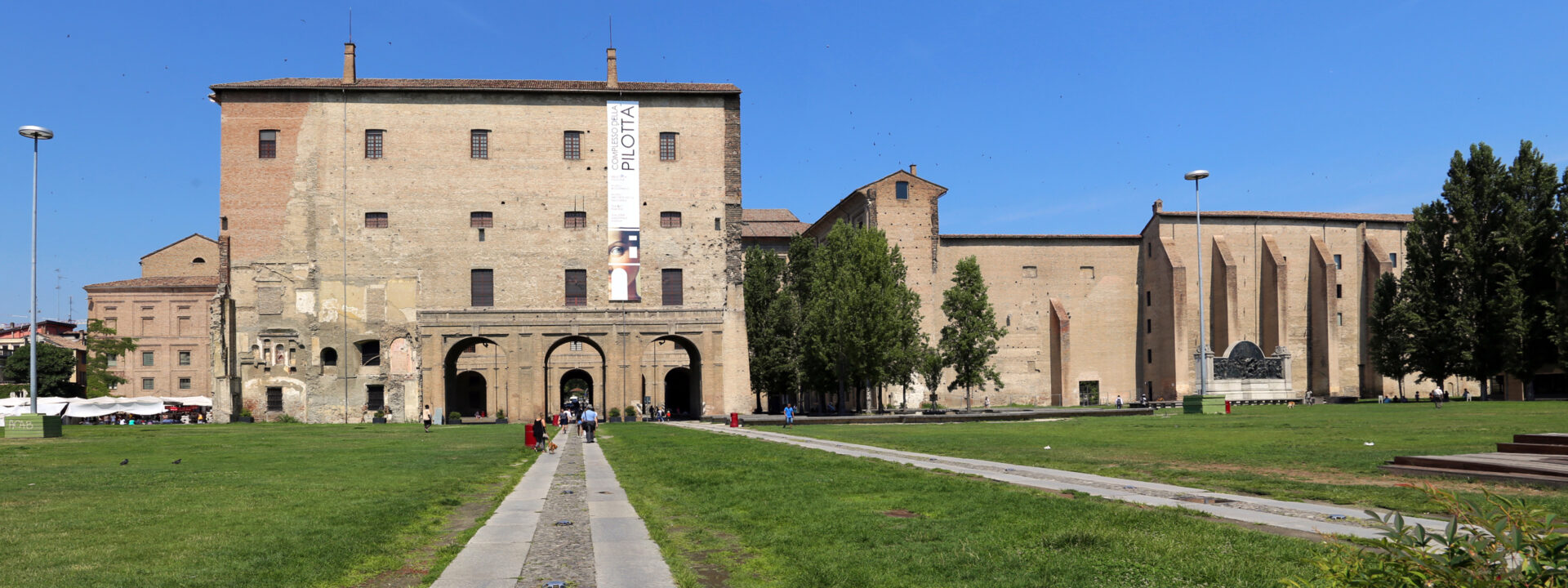
Exploring Parma’s Architectural Marvels
Parma’s historic center is a treasure trove of architectural wonders that span centuries of Italian artistry. Walking through the city’s cobblestone streets, I discovered magnificent buildings that tell the story of this elegant city’s rich cultural heritage.
Parma Cathedral: A Romanesque Masterpiece
The Duomo of Parma stands as one of Italy’s finest examples of Romanesque architecture. Built in the 12th century, this magnificent cathedral immediately caught my eye with its imposing façade and octagonal bell tower.
Inside, I was mesmerized by Correggio’s breathtaking dome fresco “The Assumption of the Virgin,” painted between 1526-1530. The vibrant swirl of figures seems to defy the constraints of the ceiling itself.
The cathedral’s beautiful marble columns and intricate carvings showcase the skilled craftsmanship of medieval artisans. I spent nearly an hour admiring the detailed sculptures on the portals that depict biblical scenes with remarkable precision.
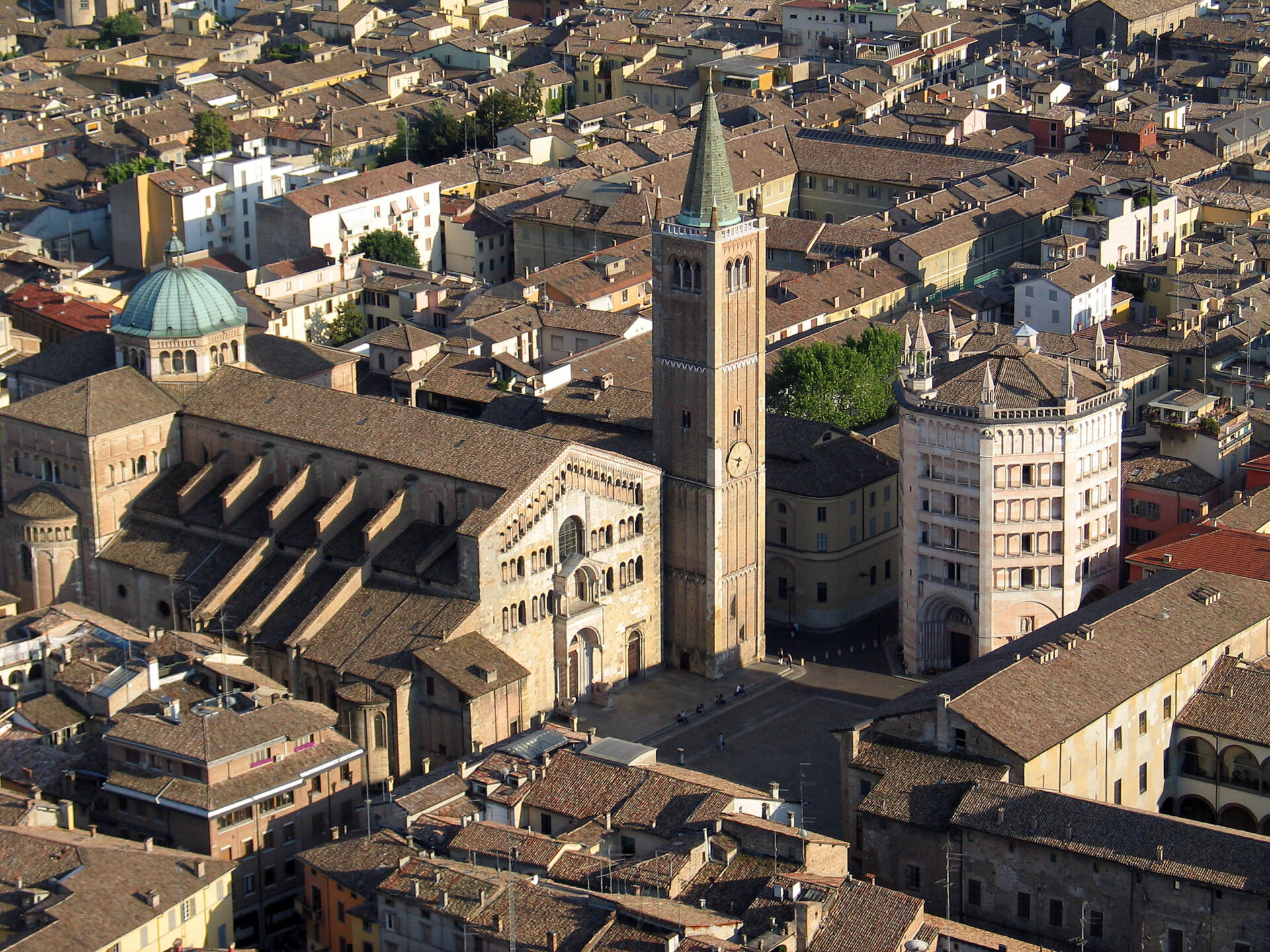
Baptistery of Parma: The Intersection of Art and Faith
Adjacent to the cathedral, the pink Verona marble Baptistery represents a stunning transition between Romanesque and Gothic styles. This octagonal structure dates to the late 12th century and features some of the most important medieval sculptures in Italy.
The interior took my breath away with its remarkable 13th-century frescoes by Benedetto Antelami. These colorful biblical scenes cover the dome and walls, creating an immersive spiritual environment.
I was particularly struck by the baptismal font – a massive single block of marble that has witnessed centuries of religious ceremonies. The Baptistery’s perfect acoustics also make it a remarkable space, where even whispers seem to dance through the air.
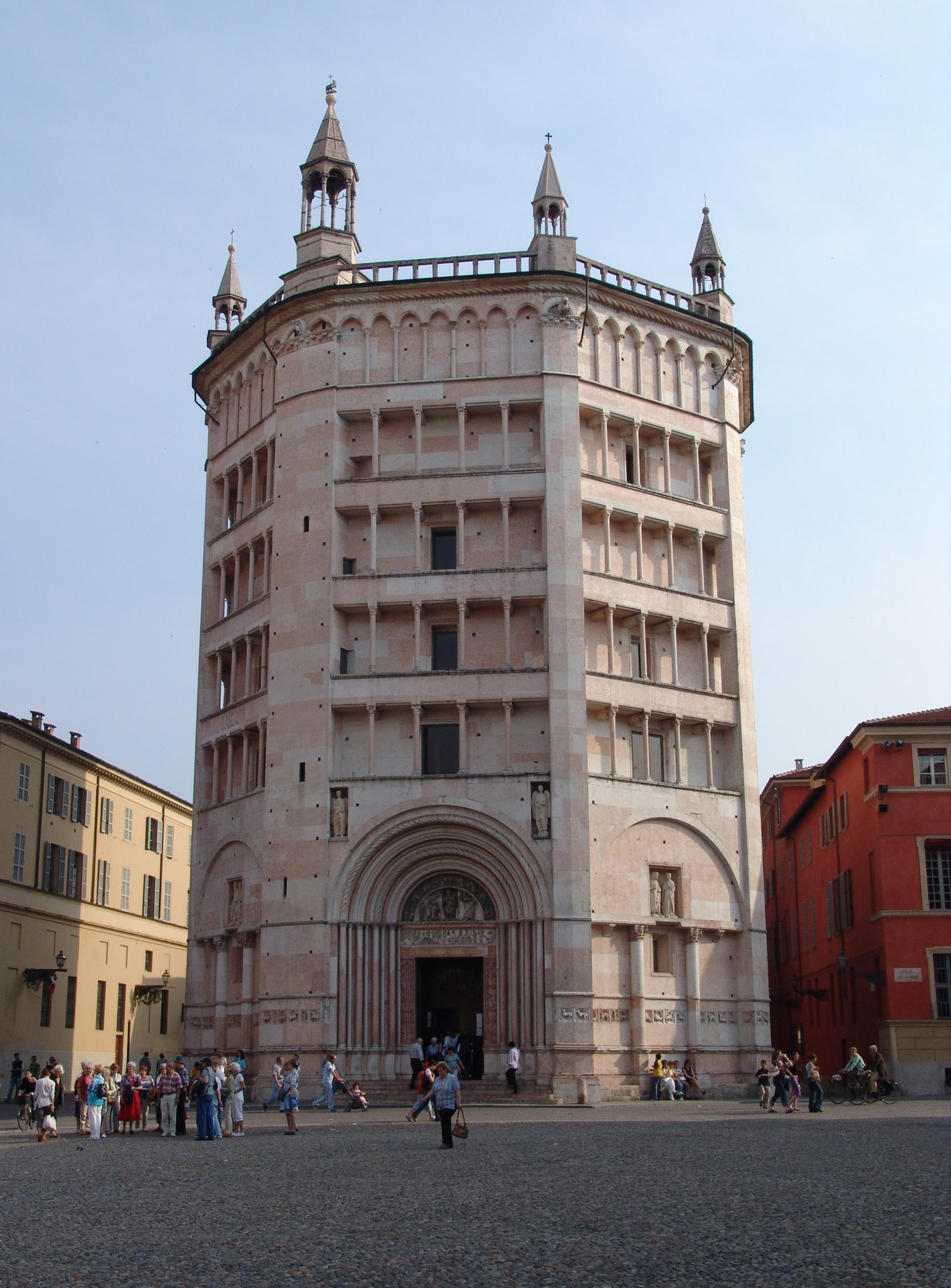
Palazzo della Pilotta: Ancestral Home of the Farnese Family
The massive Palazzo della Pilotta dominates Parma’s skyline as a testament to the power of the Farnese dynasty. Though partially damaged during World War II, this imposing 16th-century complex still impresses with its scale and historical significance.
Inside, I explored several cultural treasures:
- Teatro Farnese: An incredible wooden theater from 1618
- National Gallery: Home to works by Correggio, Leonardo da Vinci, and other masters
- Palatine Library: With over 700,000 volumes including rare manuscripts
The palazzo’s distinctive brick façade and grand interior spaces reflect the ambitious vision of its noble creators. Despite its incomplete state, I found it offers one of the most authentic glimpses into Parma’s aristocratic past.
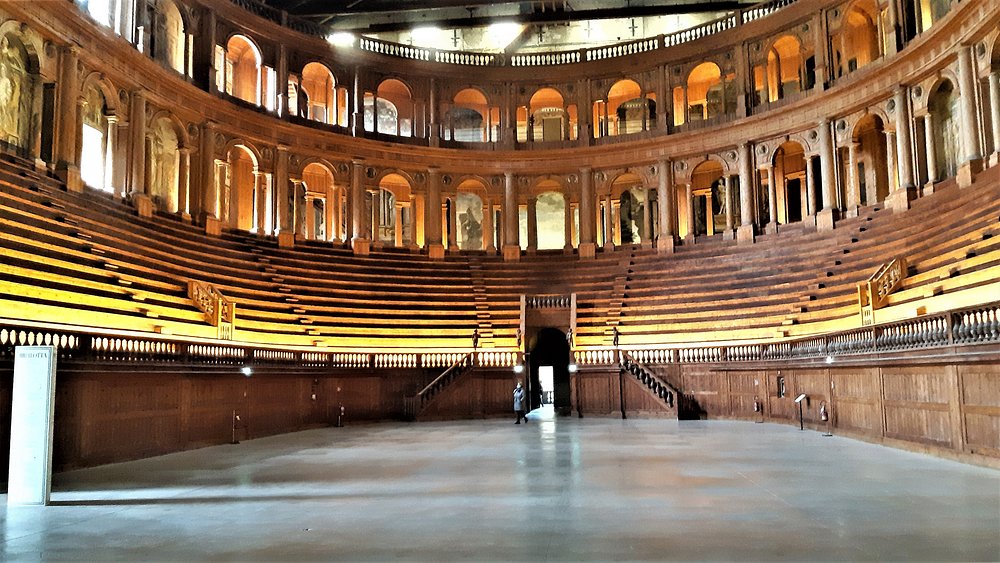
Parma’s Renowned Cultural Institutions
Parma hums with artistic energy through its impressive cultural landmarks. The city’s deep connection to music, art, and knowledge shines through institutions that have shaped Italy’s cultural landscape for centuries.
Teatro Regio: A Temple of Opera and Verdi
I found Teatro Regio to be one of Italy’s most prestigious opera houses. Built in 1829, this neoclassical masterpiece hosts the famous Verdi Festival each October, honoring Parma’s beloved composer.
The theater’s horseshoe design creates perfect acoustics that left me speechless during performances. Parma locals are known as some of Italy’s most demanding opera critics – they’ll shower performers with praise or express disapproval without hesitation!
When I visited, I took a guided tour to see the ornate foyer, royal box, and stunning ceiling frescoes. The red velvet seats and gold accents transport you back to the 19th century. If you’re an opera lover, catching a performance here should be at the top of your Parma bucket list.

National Gallery and Museums: Treasure Troves of Art
The National Gallery inside the Pilotta Palace absolutely blew me away. It houses masterpieces by Correggio, Leonardo da Vinci, and the city’s own Parmigianino. His famous “Madonna with the Long Neck” draws art lovers from around the world.
Next door, I discovered the Bodoni Museum, dedicated to Giambattista Bodoni, the revolutionary 18th-century typographer. His elegant typefaces are still used today!
The Museo Diocesano showcases religious art and artifacts spanning centuries. The medieval illuminated manuscripts are particularly impressive. I spent hours admiring the vibrant colors and delicate details.
Don’t miss the Teatro Farnese, a wooden theater from 1618 that survived WWII bombing. The intricate wooden architecture and frescoed ceiling make it a photographer’s dream.
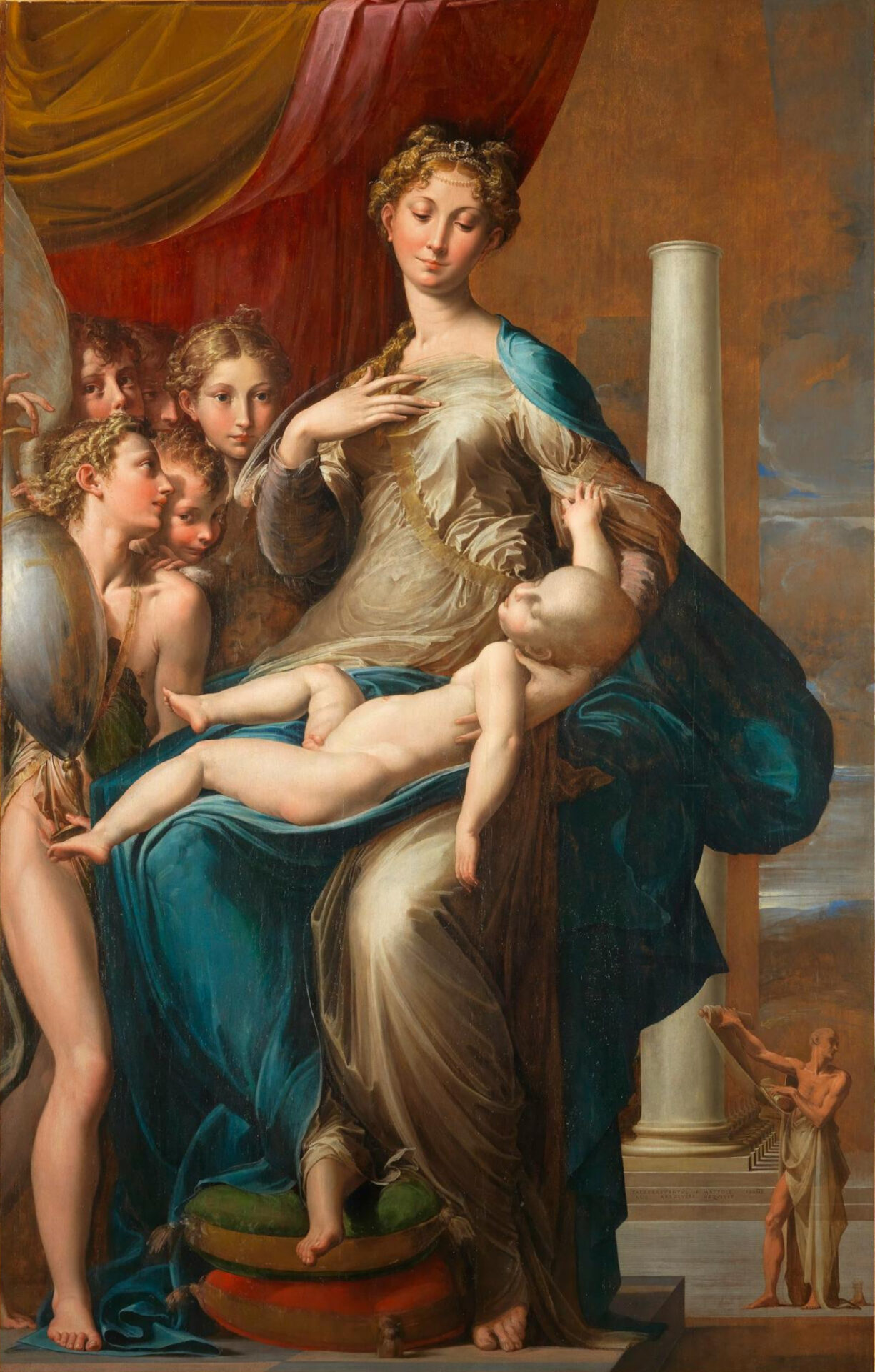
University of Parma: A Beacon of Knowledge and History
Walking through the University of Parma, I felt its nearly 1,000 years of academic tradition. Founded in the 11th century, it’s one of Italy’s oldest universities and still thrives with over 25,000 students.
The university’s historic buildings are worth exploring, especially the central palazzo with magnificent frescoes depicting scientific and philosophical themes. I was particularly impressed by the ancient pharmacy, preserved as it was centuries ago.
The university library houses rare manuscripts and early printed books that scholars travel from around the world to study. Their scientific departments continue groundbreaking research, especially in food science – fitting for Parma’s culinary reputation!
The botanical garden, established in 1770, offers a peaceful retreat with exotic plants and centuries-old trees. It’s a perfect spot to rest after exploring the busy historic center.
Navigating the Heart of Parma
Walking through Parma’s historic center feels like stepping into a living museum where Renaissance grandeur meets everyday Italian life. The compact city center makes exploring on foot both easy and rewarding.
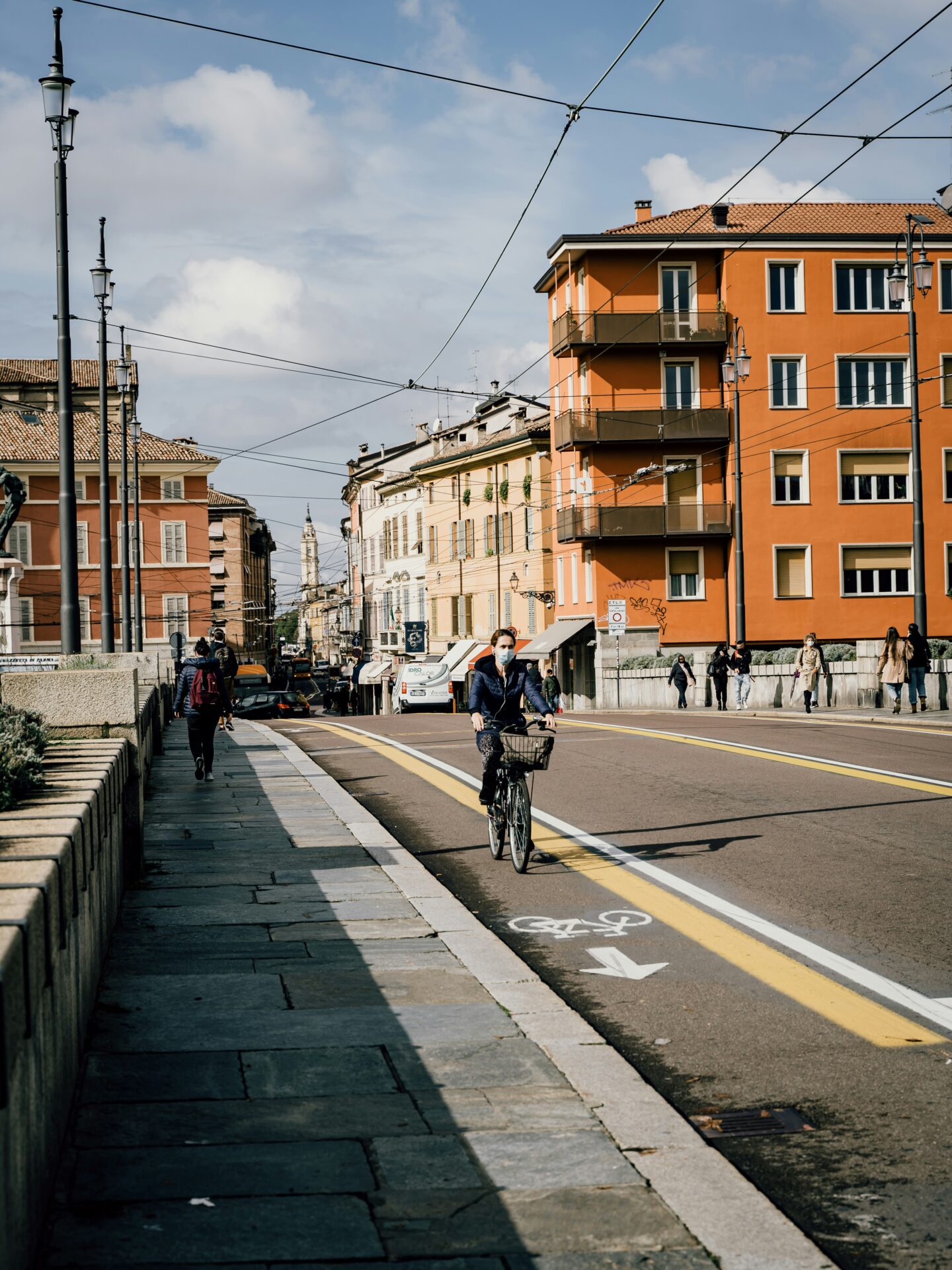
Piazza Duomo: The Pulse of the City
The magnificent Piazza Duomo serves as Parma’s spiritual and cultural center. I always find myself drawn to the stunning Cattedrale di Parma with its remarkable frescoes that leave visitors gazing upward in awe. The adjacent Baptistery, with its pink Verona marble exterior, creates a beautiful contrast against the cathedral’s facade.
What makes this piazza special is how it balances tourist appeal with authentic local life. In the mornings, I love watching residents zip through on bicycles while visitors snap photos of the impressive structures.
The piazza comes alive during festivals and weekends when locals gather to socialize. It’s the perfect starting point for your Parma adventure.
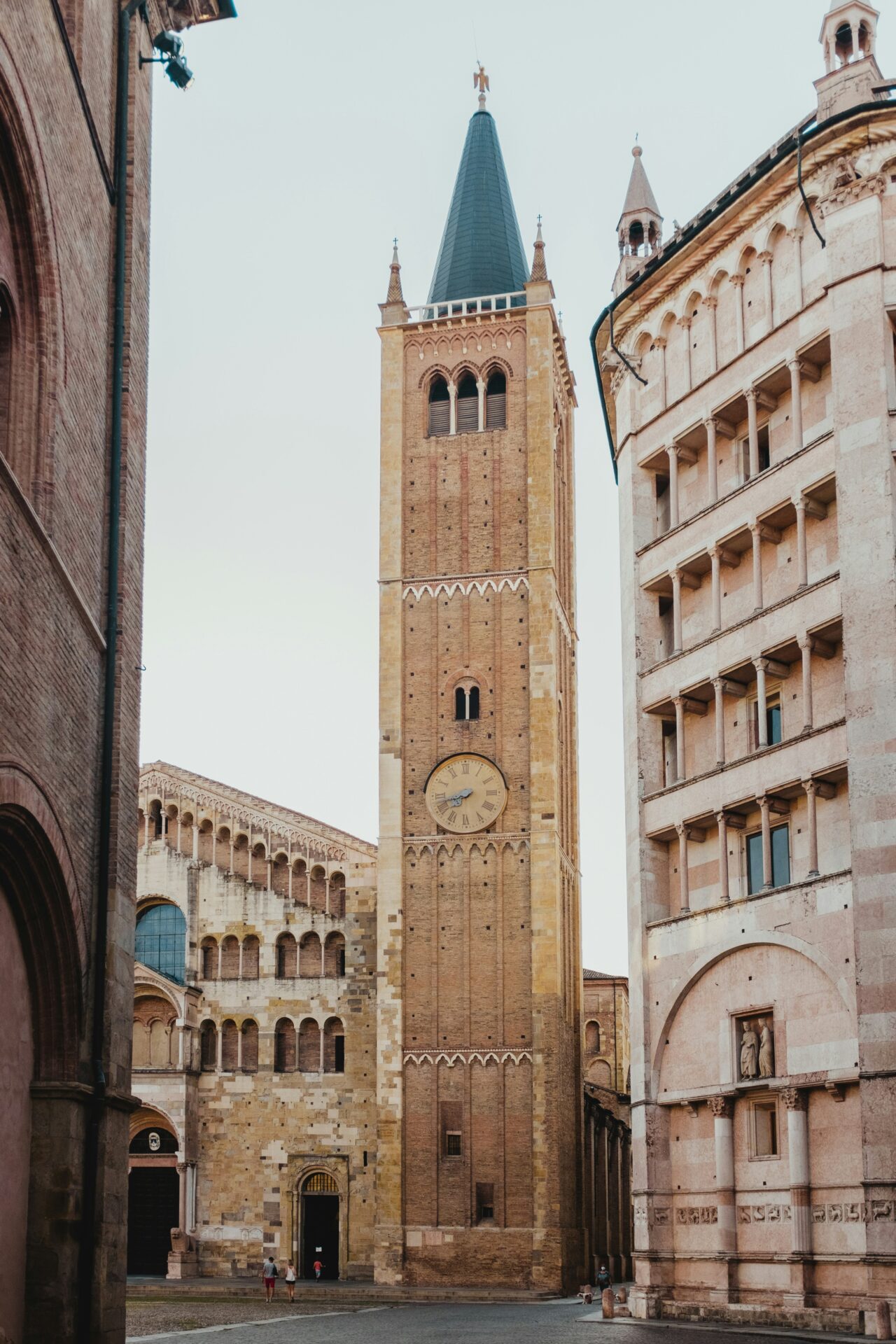
Historic Piazzas and Narrow Streets: A Labyrinth Worth Getting Lost In
Branching out from Piazza Duomo, I recommend wandering to Piazza Garibaldi, the city’s main square. Here, the Palazzo del Governatore with its astronomical clock overlooks cafés where you can enjoy a perfect espresso while people-watching.
The narrow streets connecting these grand spaces tell Parma’s everyday story. Via Farini offers boutique shopping, while Via Repubblica buzzes with energy from morning until night.
Don’t miss Palazzo Comunale, the town hall that showcases classic Italian architectural style. The surrounding medieval lanes create a charming labyrinth that’s surprisingly navigable.
I’ve found that the best way to experience Parma’s heart is without a strict itinerary. Let the cobblestone streets guide you from one beautiful piazza to another, stopping whenever something catches your eye.
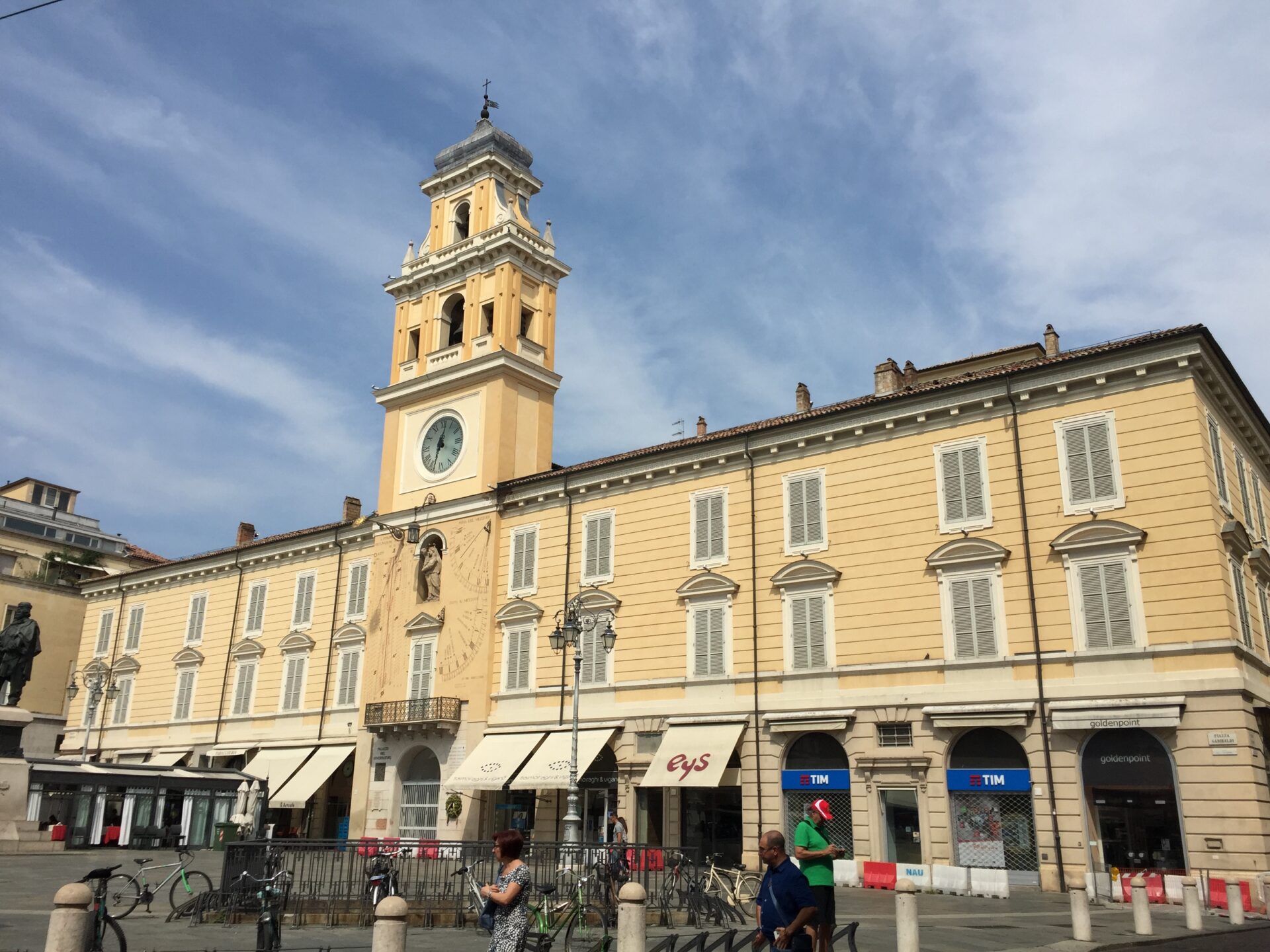
Gastronomy in Parma: Savoring the Food Valley
Parma shines as a UNESCO Creative City for gastronomy, sitting proudly as the capital of Italy’s famed Food Valley. The city’s culinary heritage combines centuries-old traditions with modern creativity.
Cheese, Prosciutto, and Culinary Specialties: The Delicacies of Emilia-Romagna
When I wander through Parma’s elegant food shops, I’m always amazed by the wealth of local specialties. Parmigiano Reggiano cheese is the undisputed king here, aged for at least 24 months to develop its complex, crystalline texture and nutty flavor.
Parma Ham (Prosciutto di Parma) offers another unforgettable taste experience. I love watching skilled workers in local salumerias slice this delicate, sweet-cured ham paper-thin.
For true connoisseurs, Culatello di Zibello represents the pinnacle of charcuterie. This rare specialty from the foggy lowlands near the Po River ages in ancient cellars, developing remarkable complexity.
Don’t miss trying Torta Fritta, the local fried bread that pairs perfectly with these savory treasures. I find these puffy pillows of dough irresistible when served warm alongside a plate of mixed salumi.
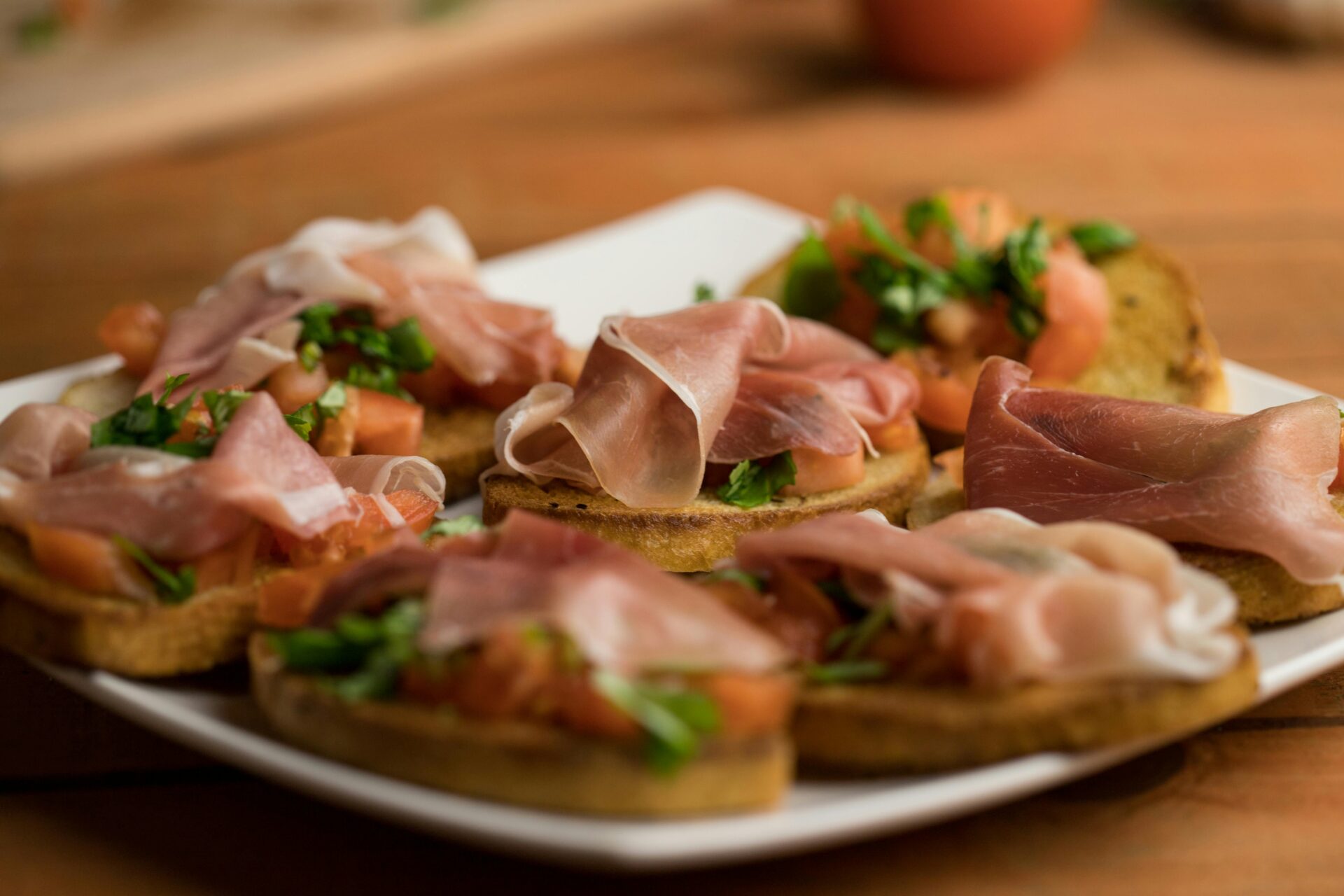
Wine and Dine: Parma’s Best Gastronomic Experiences
My favorite way to experience Parma’s gastronomy is through food tours that engage all my senses. Local guides lead visitors through hidden gems and traditional eateries, offering tastings that tell the story of this remarkable food culture.
The medieval village of Calestano, just outside Parma, provides an authentic escape where you can join cooking classes focused on pasta-making, truffle hunting, and wine tasting. I’ve found these hands-on experiences create the most lasting memories.
Throughout the year, Parma hosts food festivals, workshops, and events celebrating its culinary heritage. The city transforms into a living museum of taste where traditions are shared and celebrated.
For wine lovers, the hills surrounding Parma produce excellent bottles to pair with local specialties. I particularly enjoy the lightly sparkling Lambrusco, which cuts through the richness of Parma’s famous foods perfectly.
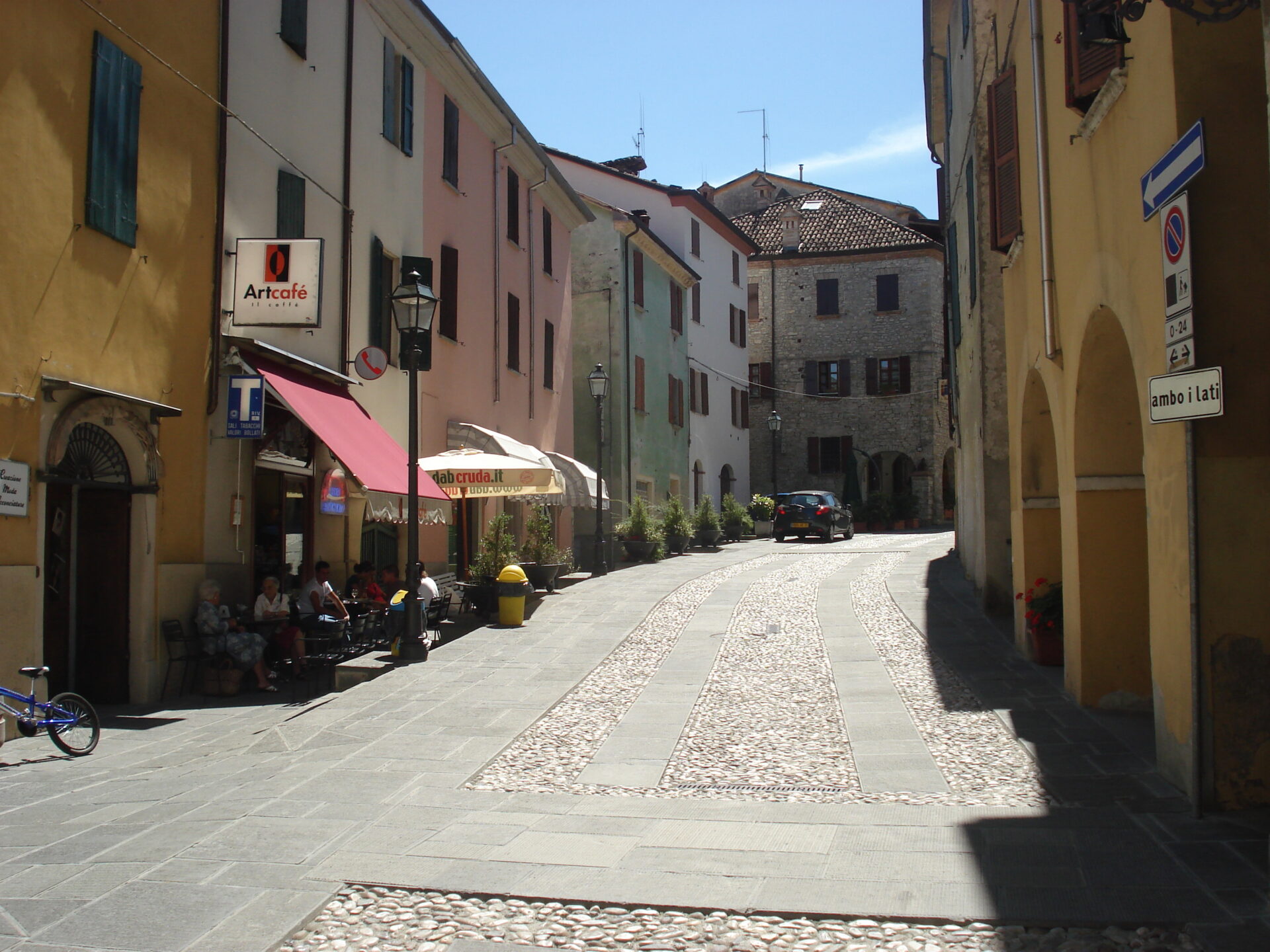
Surrounding Wonders: Day Trips from Parma
Parma’s beauty extends well beyond its city limits, with charming castles, historic theaters, and wellness destinations just a short drive away. The surrounding province offers perfect opportunities for memorable day trips that combine culture, history, and relaxation.
Castles and Theaters: Embracing the Charms of Busseto and Fontanellato
I found Busseto to be an absolute gem for music lovers. This small town was the home of composer Giuseppe Verdi, and visiting Teatro Verdi was a highlight of my trip. The intimate 300-seat theater hosts regular performances that transport you straight to 19th-century Italy.
Fontanellato captivated me with its moated castle, Rocca Sanvitale. Dating back to the 13th century, this perfectly preserved fortress houses stunning frescoes by Parmigianino. I spent hours exploring its rooms and beautiful courtyards.
Torrechiara Castle, just 18 km from Parma, is another must-visit. This medieval fortress offers breathtaking views of the countryside and contains remarkable frescoes depicting a love story. The Camera d’Oro (Golden Chamber) with its romantic paintings left me speechless.
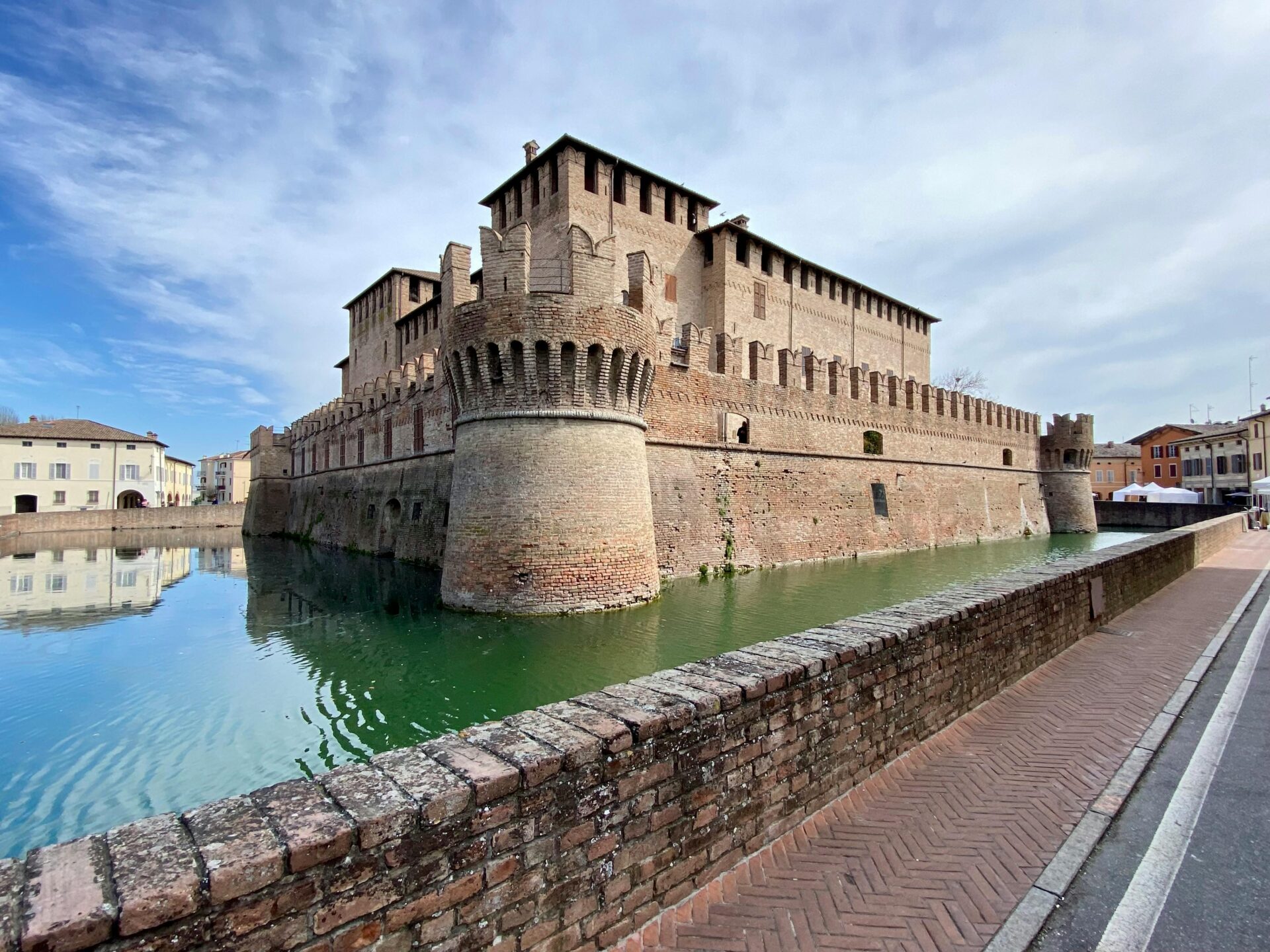
Salsomaggiore Terme: Relaxation and Wellness Tourism
I discovered that Salsomaggiore Terme offers the perfect balance to Parma’s cultural intensity. This elegant spa town, famous since Roman times for its healing waters, welcomes visitors with stunning Art Nouveau architecture.
The Terme Berzieri is the crown jewel – a palace-like building that feels more like a cathedral to wellness than a spa. I spent a blissful afternoon soaking in the mineral-rich waters that have attracted visitors for centuries.
What makes Salsomaggiore special is its authentic approach to wellness tourism. Unlike modern spa centers, treatments here follow traditional methods using the local salsobromoiodic waters. The town has been recognized by UNESCO for its sustainable approach to thermal tourism.
Between relaxing treatments, I enjoyed wandering through the town’s elegant shops and cafes, many housed in beautifully preserved Liberty-style buildings from the early 1900s.
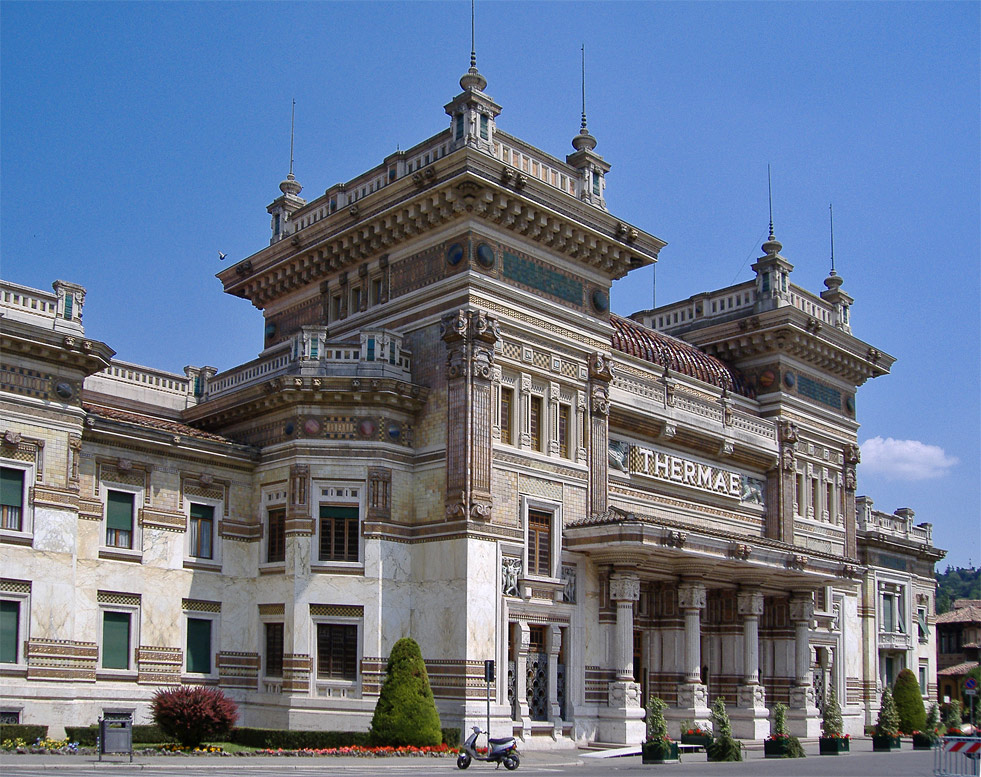
Frequently Asked Questions
Visitors to Parma often have questions about making the most of their time in this historic Italian gem. Here are answers to some common inquiries about exploring Parma’s cultural treasures and culinary delights.
The Duomo (Cathedral) and Baptistery are absolute must-sees in Parma’s historic center. These magnificent structures showcase breathtaking architecture and art, including works by Correggio.
The Palazzo della Pilotta complex houses several important museums and is central to understanding Parma’s history. I was particularly impressed by the National Gallery inside, which contains masterpieces from various periods.
Teatro Regio, Parma’s historic opera house, offers a glimpse into the city’s rich musical tradition. Try to catch a performance here for a truly authentic experience.
The Parma Food Museums make learning fun with interactive exhibits about the region’s famous foods. Kids especially enjoy seeing how Parmigiano Reggiano and prosciutto are made.
Parco Ducale provides a perfect space for families to relax between sightseeing. The gardens have plenty of room for children to run around while parents enjoy the beautiful surroundings.
Many gelaterias in the historic center offer workshops where families can learn to make authentic Italian ice cream. These hands-on experiences create delicious memories for visitors of all ages.
The Monastery of San Giovanni Evangelista contains stunning frescoes that many tourists overlook. I stumbled upon this peaceful spot and was amazed by the Renaissance artwork inside.
Camera di San Paolo houses incredible works by Correggio yet receives fewer visitors than the main cathedral. The intimate setting allows for a more personal connection with the art.
The small churches scattered throughout the historic center often contain artistic treasures. Santa Maria della Steccata particularly impressed me with its Renaissance architecture and paintings.
Parmigiano Reggiano cheese is produced in the surrounding region and tastes completely different from what you’ll find at home. Visit a local cheese shop for a tasting of various aging periods.
Prosciutto di Parma is the city’s famous cured ham, aged to perfection. I recommend trying it simply sliced with some local bread to appreciate its subtle flavors.
Tortelli d’erbetta (pasta filled with ricotta and herbs) represents the local pasta tradition. Most traditional restaurants serve this dish, often dressed simply with butter and cheese.
Walking through Piazza Garibaldi costs nothing but offers a vibrant atmosphere and beautiful architecture. Street musicians often perform here, adding to the charming ambiance.
The exterior of the Cathedral and Baptistery can be admired without an entrance fee. Their intricate facades tell stories through stone carvings and design elements.
Many small art galleries host free exhibitions throughout the historic center. I’ve discovered wonderful local artists this way while wandering the narrow streets.
I’d start at the Duomo and Baptistery complex early in the morning to appreciate the architecture and religious artwork before crowds arrive. The frescoes in the cathedral dome are particularly moving.
Mid-morning, I’d explore Palazzo della Pilotta. The building is impressive, and the museums within are worth a visit. The Teatro Farnese inside is an extraordinary wooden theater.
After lunch, Teatro Regio offers guided tours that reveal the history of opera in Parma. Even if you can’t attend a performance, seeing the interior is worthwhile.
End the day with a visit to Chiesa della Steccata. The church is known for its peaceful atmosphere and remarkable Renaissance art. The changing evening light creates a magical effect on the building’s façade.

